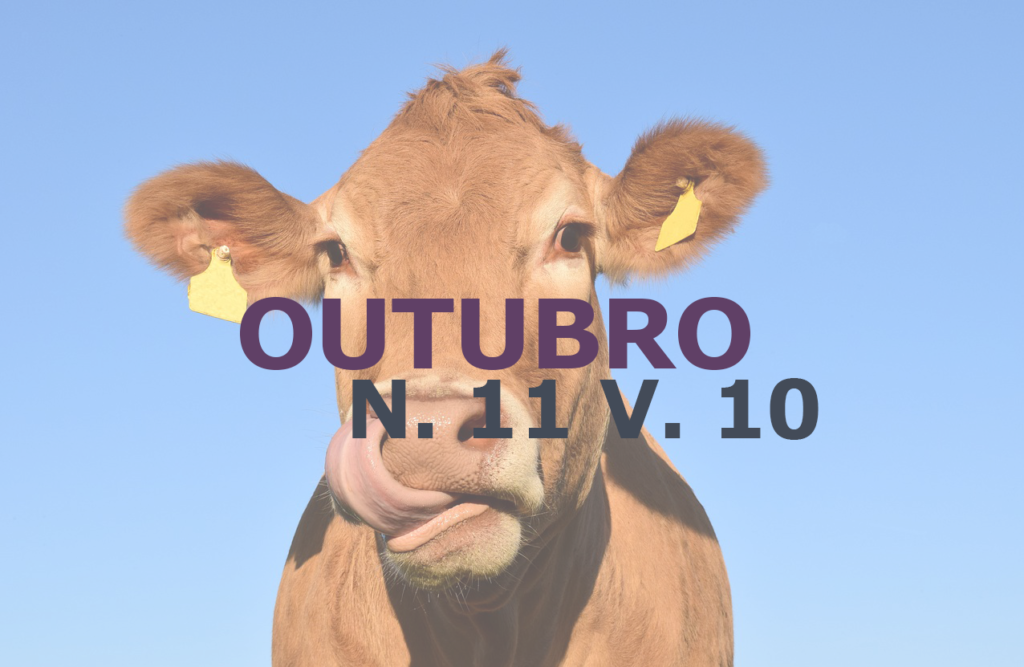Epidemiology of mastocytoma in dogs in a region of Mato Grosso do Sul Brazil
DOI:
https://doi.org/10.22256/PUBVET.V11N10.1002-1007Keywords:
Mast cells, round cells, tumorsAbstract
Cutaneous mastocytoma is a neoplasm often seen in dogs. This disease is characterized by abnormal and excessive growth of mast cells. This study carried out the data collection of all biopsy files made in dogs in the clinical pathology laboratory of the University Center of Grande Dourados and Universidade Anhaguera Uniderp between January 2015 and January 2016. Twenty-six confirmed cases of mastocytoma From the information collected from the reports, predisposing factors such as race, sex, age and site of neoplastic lesions were evaluated. Among the selected animals, 46.2% (12) were females and 53.8% (14) males. Regarding the racial factor, 34.6% (9) of the animals had no defined race, 30.8% (8) were of the Boxer breed, 11.5% (3) were Pitbull breed, 7.7% ) Of the Labrador breed, 7.7% (2) were of the Dachshund breed, 3.8% (1) was Poodle breed and 3.8% (1) of the Shnauzer breed. It was concluded in this study that the majority of the dogs affected by this neoplasia were undefined. When considered the breed it was observed that Boxer dogs are the most predisposed to this neoplasia. Animals considered elderly, aged between 9 and 13 years are the most affected. The canine mastocytoma showed no predisposition to the disease as to sex, and it was possible to verify the higher frequency in relation to the location of the nodules in the part of the trunk and limbs.
Downloads
Published
Issue
Section
License
Copyright (c) 2017 Paulo Henrique Braz, Ana Eliza Coronel Janú Haniu, Alda Izabel de Souza, Karine Bonucielli Brum

This work is licensed under a Creative Commons Attribution 4.0 International License.
Você tem o direito de:
Compartilhar — copiar e redistribuir o material em qualquer suporte ou formato
Adaptar — remixar, transformar, e criar a partir do material para qualquer fim, mesmo que comercial.
O licenciante não pode revogar estes direitos desde que você respeite os termos da licença. De acordo com os termos seguintes:
Atribuição
— Você deve dar o crédito apropriado, prover um link para a licença e indicar se mudanças foram feitas. Você deve fazê-lo em qualquer circunstância razoável, mas de nenhuma maneira que sugira que o licenciante apoia você ou o seu uso. Sem restrições adicionais
— Você não pode aplicar termos jurídicos ou medidas de caráter tecnológico que restrinjam legalmente outros de fazerem algo que a licença permita.





